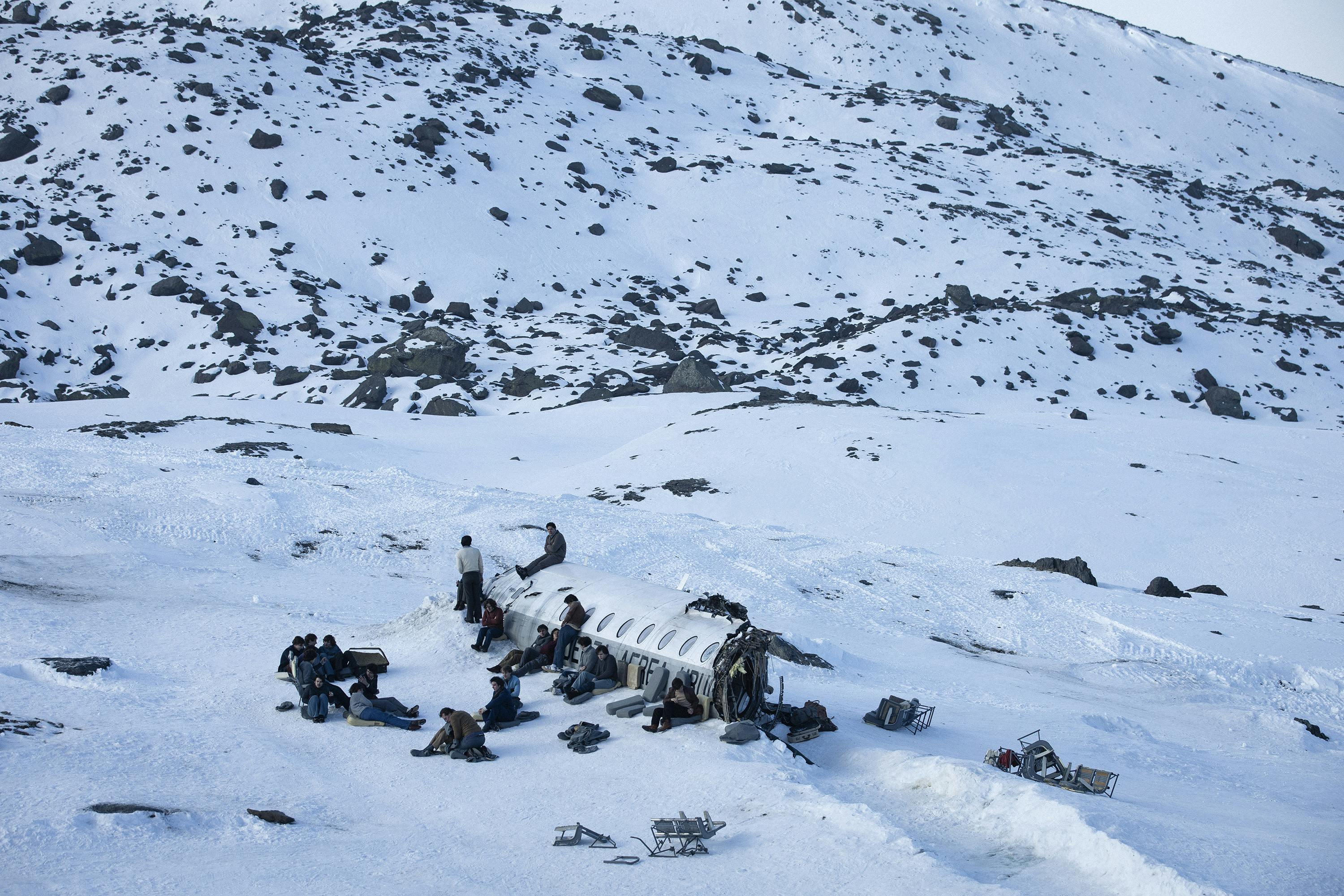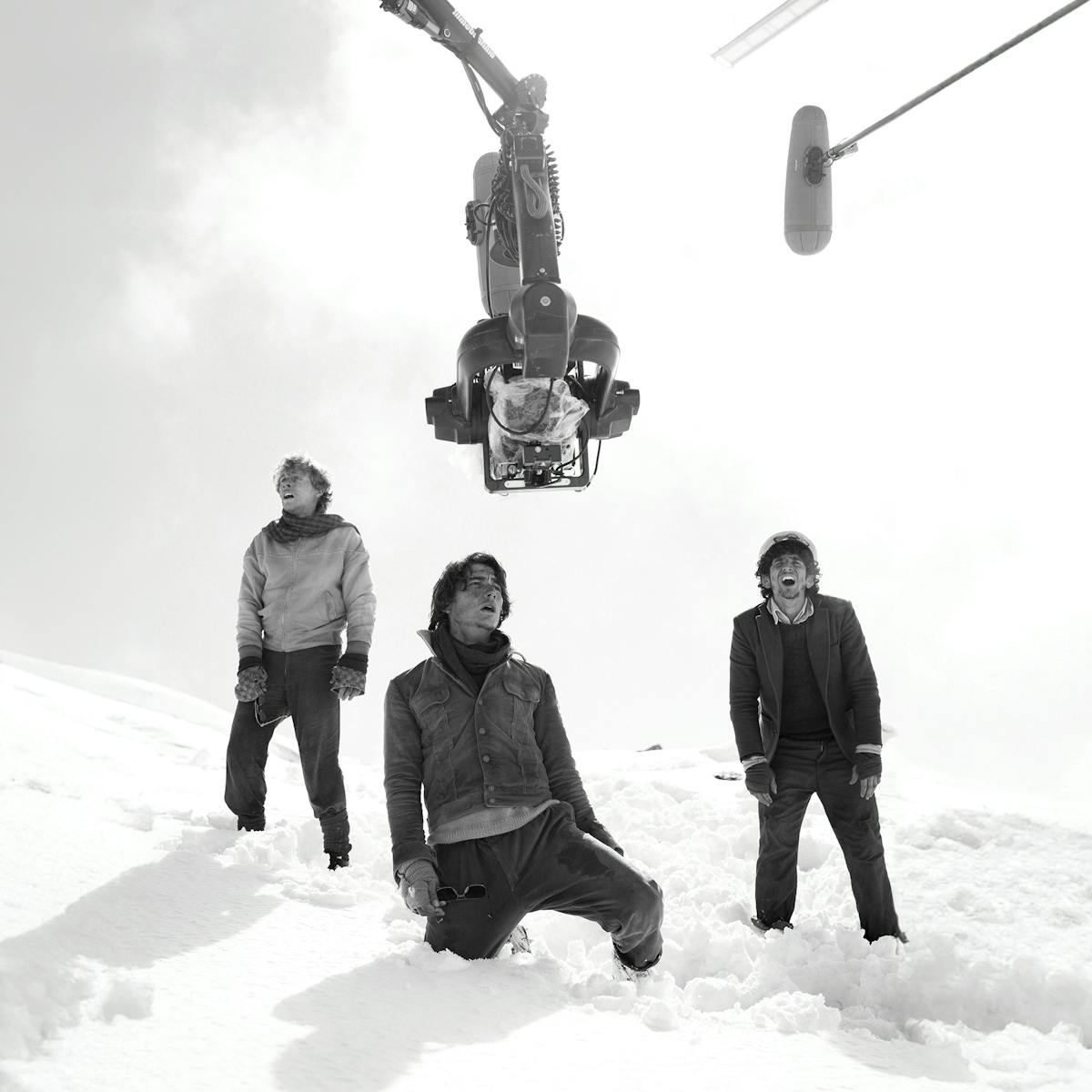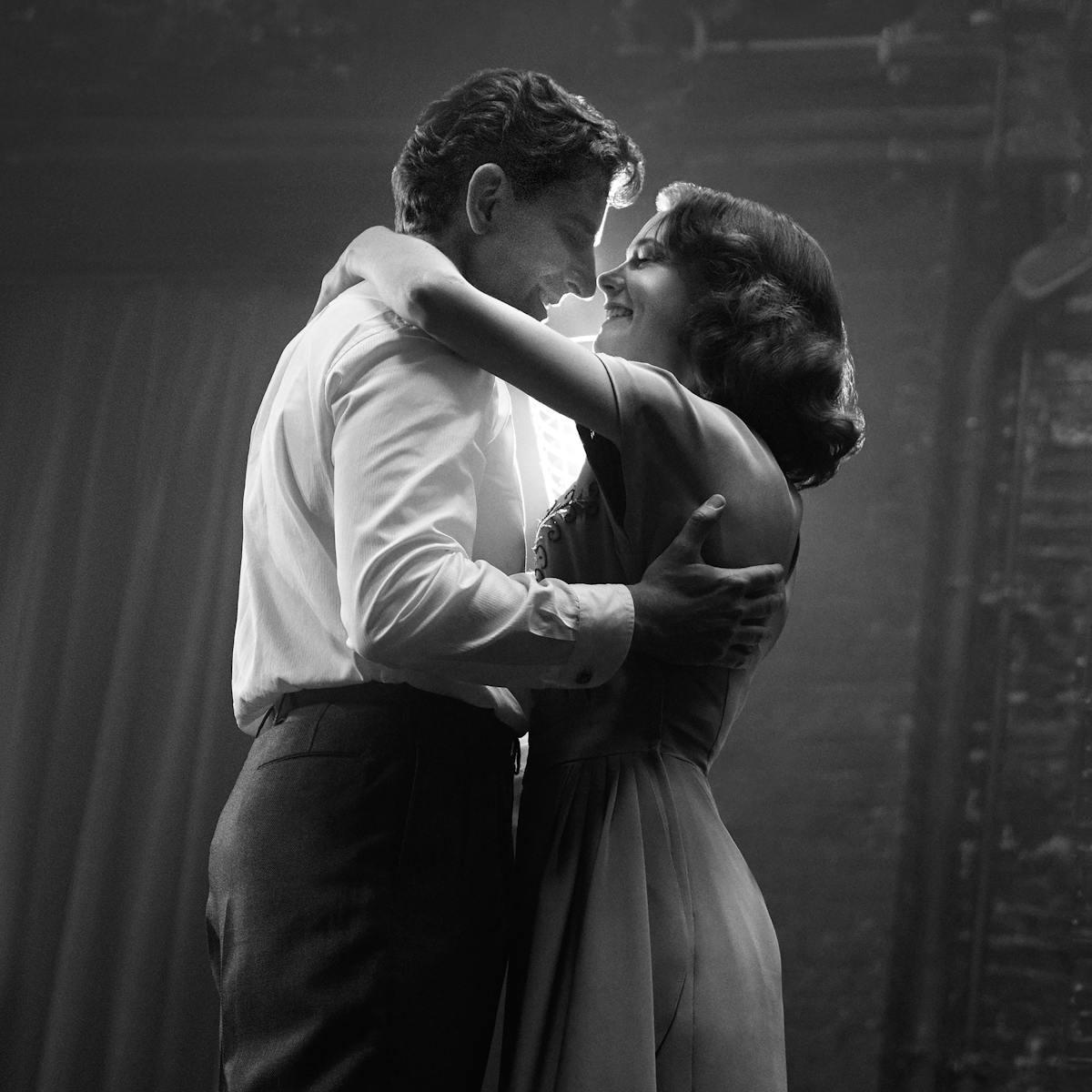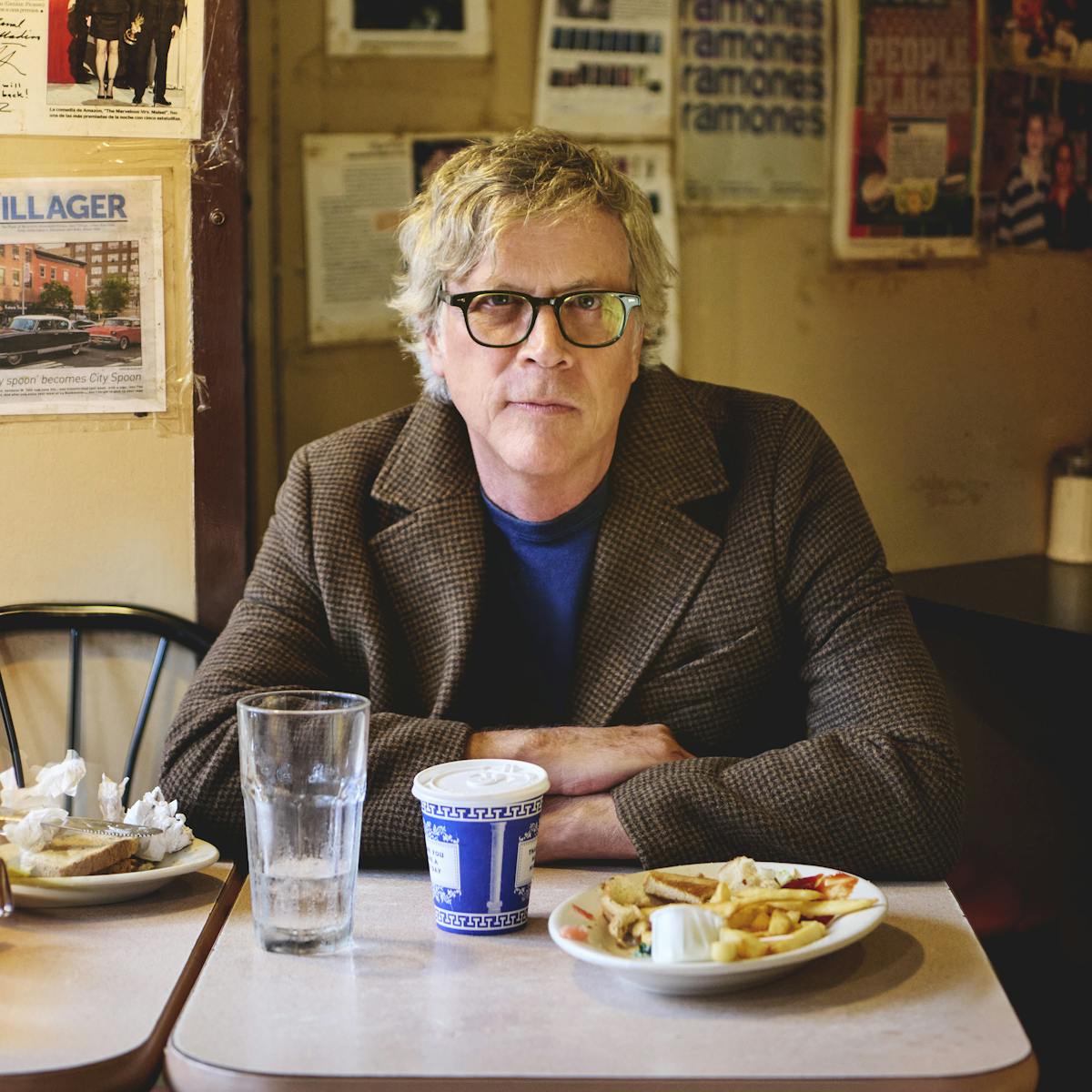Director J.A. Bayona discusses his film of survival and triumph in the Andes.
Director J.A. Bayona knows how to bring the pain, fear, and humanity of a survival story to the screen. His 2012 film The Impossible, about a family trying to find each other and survive in the chaos of the 2004 Indian Ocean tsunami, did so with acclaim, winning five Goya Awards including Best Director for the Spaniard, and earning critical praise for the film’s emotional realism, as well as appreciation from survivors.
Now Bayona returns to the genre with another heartbreaking and hope-filled film. Based on the nonfiction account La sociedad de la nieve by Pablo Vierci, Society of the Snow is the true story of Flight 571, a Uruguayan plane that crashed in a desolate region of the Andes in 1972, carrying an entire rugby team and their family and friends. While the accident took the lives of many, a group of young men survived 72 days on the snowy, barren mountainside. “Society of the Snow is a film that talks about life,” says the director, who co-wrote the script with Bernat Vilaplana, Jaime Marques, and Nicolás Casariego. “But it also tells you about life in a place where there is no room for it. From there, life — relationships, customs, and even bonds — has to be recreated and reinvented.”
Here, Bayona shares the years-long journey of first reading Vierci’s account of Flight 571 to deciding to tell the stories of the passengers whose lives were changed and lost in Society of the Snow.
An edited version of the conversation follows.
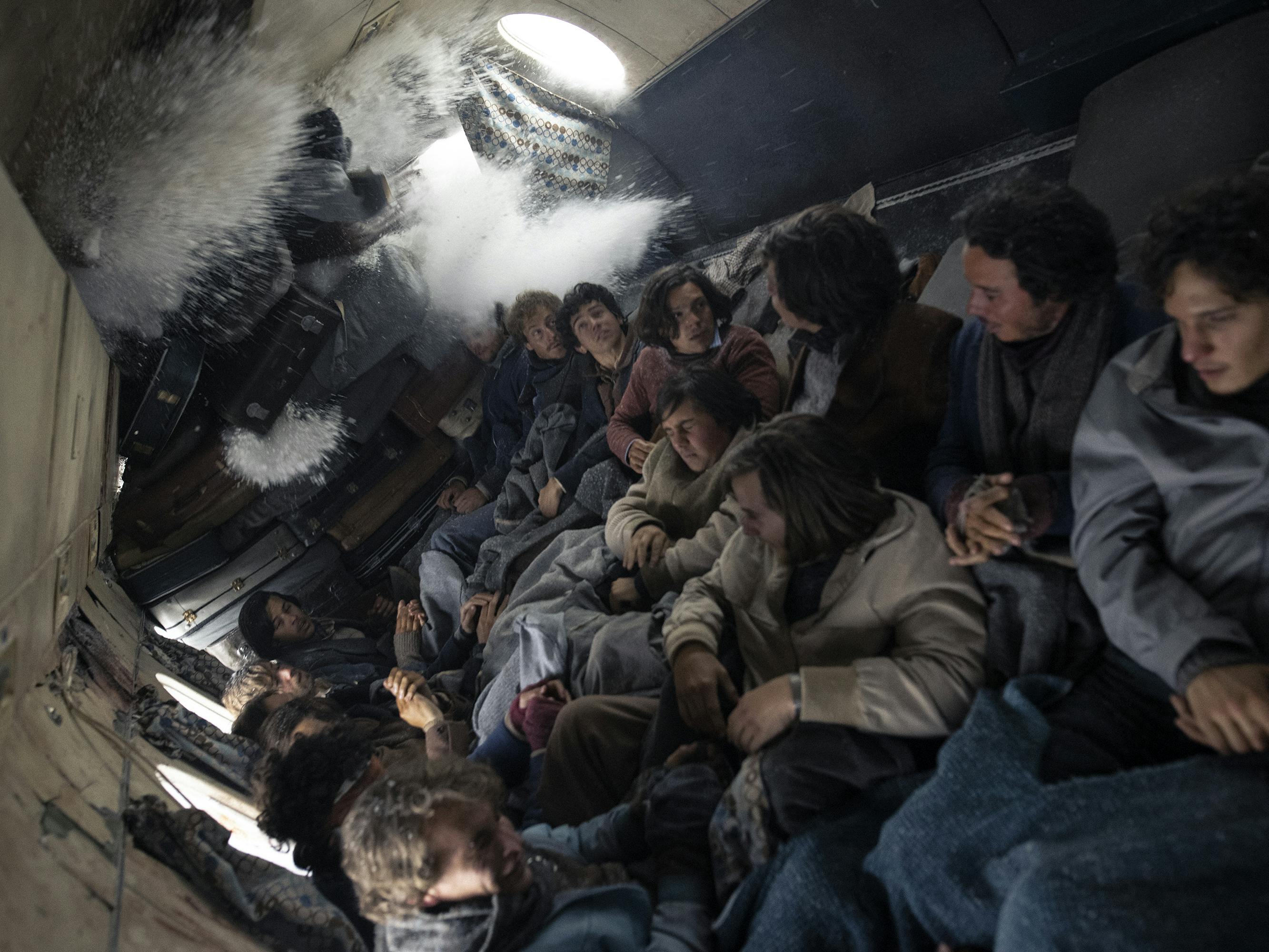
Society of the Snow actors
Queue: How did you come to the story of Society of the Snow?
J.A. Bayona: When I was preparing The Impossible, I came across the book by Pablo Vierci, La sociedad de la nieve, that had just been published. It seemed interesting to me to document what they were narrating, and from there I was really hooked and very surprised because somehow the story I read was not what I knew [of the event]. It seemed that there was a world there to explore that had not been seen onscreen. It was very helpful for The Impossible. It seemed like a different view of survival, told from a place that was much more of an ensemble and filled with details that, for me, were very revealing. It was very inspiring, to the point that on the last day of filming The Impossible, we chose to purchase the rights to La sociedad de la nieve.
The basis of the film is Vierci’s book. To what extent does he take part in it?
JAB: Pablo Vierci plays a fundamental role because he is, in a way, an alchemist who keeps the spirits of the survivors in harmony. In that sense, he became a custodian of the story. It would help me to have that point of view in mind so that I did not go too far into some of the stories that take place in the film, but I never felt constrained; I actually felt supported. I felt safe having Pablo Vierci constantly by my side. If any doubts arose, he would pick up the phone and call one of the survivors, and we would resolve it right then. Pablo Vierci supported me from the beginning, always.
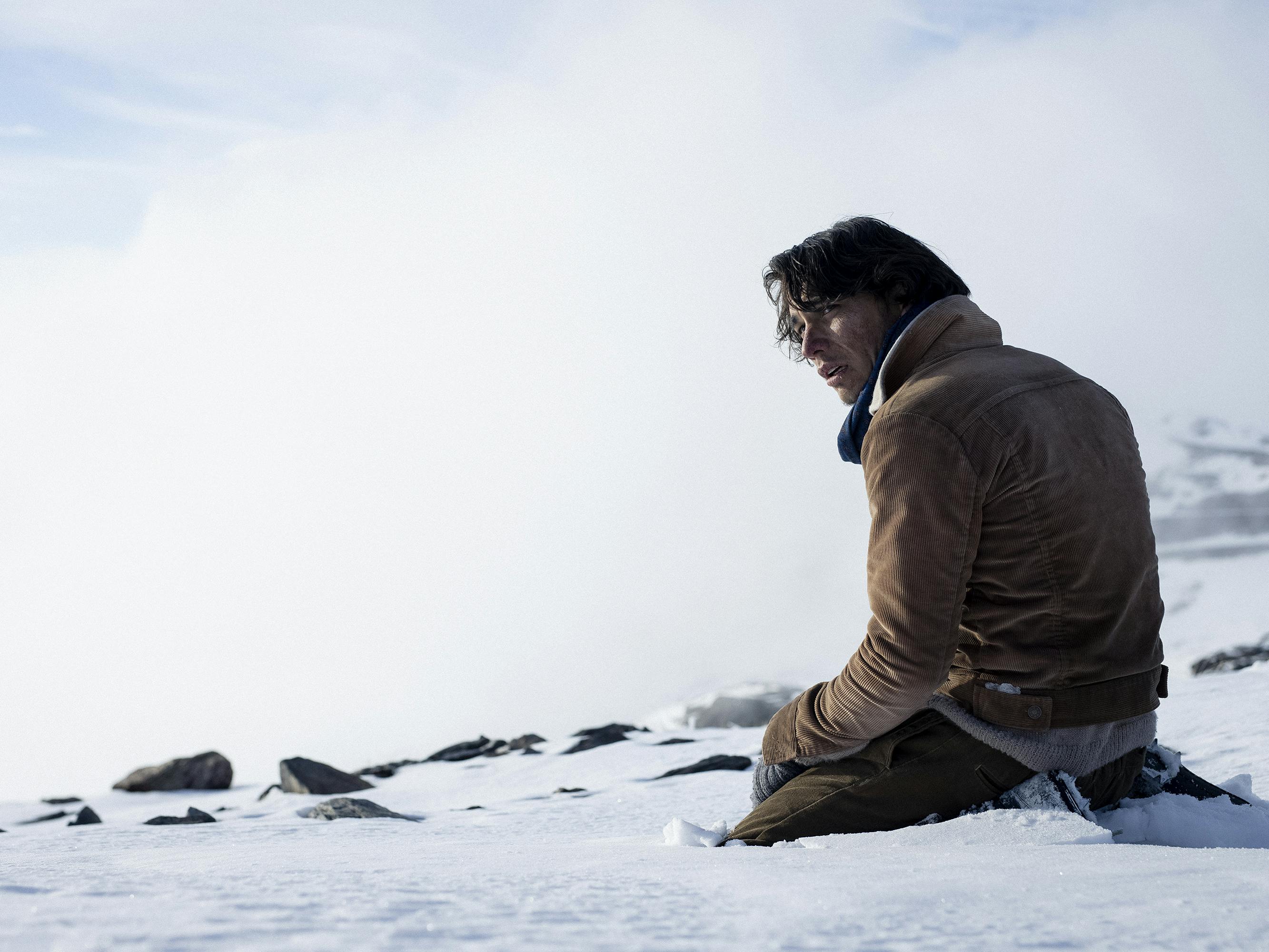
Enzo Vogrincic
It’s the first time you’ve participated as a screenwriter for one of your films. Why this story?
JAB: What I wanted most of all was to feel that I was making a film where I was going one step further than what I had done with The Impossible. Society of the Snow was a wonderful exercise to get a group of 25 young actors — for most of them it’s their first, second, third film — and take them along on a great production like this, a story where we had so much information about each character, where we had access to the real people, the families of the deceased.
With all that information, we locked ourselves away for two months when we were rehearsing the film and finding moments that, for me, turned out to be more organic. I did not want a film based on a closed script, but what I did want, above all, was to tell a story with images, and those images had to emerge organically. To tell it and understand it, you have to be in the middle of it. An experience like this cannot be judged from the outside.
After all that work and all the rehearsals we did, images emerged that, for me, were often more interesting than dialogue, and so I proposed telling the film in a very sensory, very organic way, and very much based on images — such as the character picking a scab or talking about being hungry, or the one who appears in the middle of a vastness that is absolute nothingness. A figure standing before a vastness of white, reaching the top to discover that nothing makes sense — meaning has to be [ascribed to the image] by you. The narrators give meaning to the stories. All of this work, for me, came from studying the text but also from the rehearsals — I became a screenwriter because I started to work on the script and to change it so much as we went along. I had to virtually sit down to tell the story.
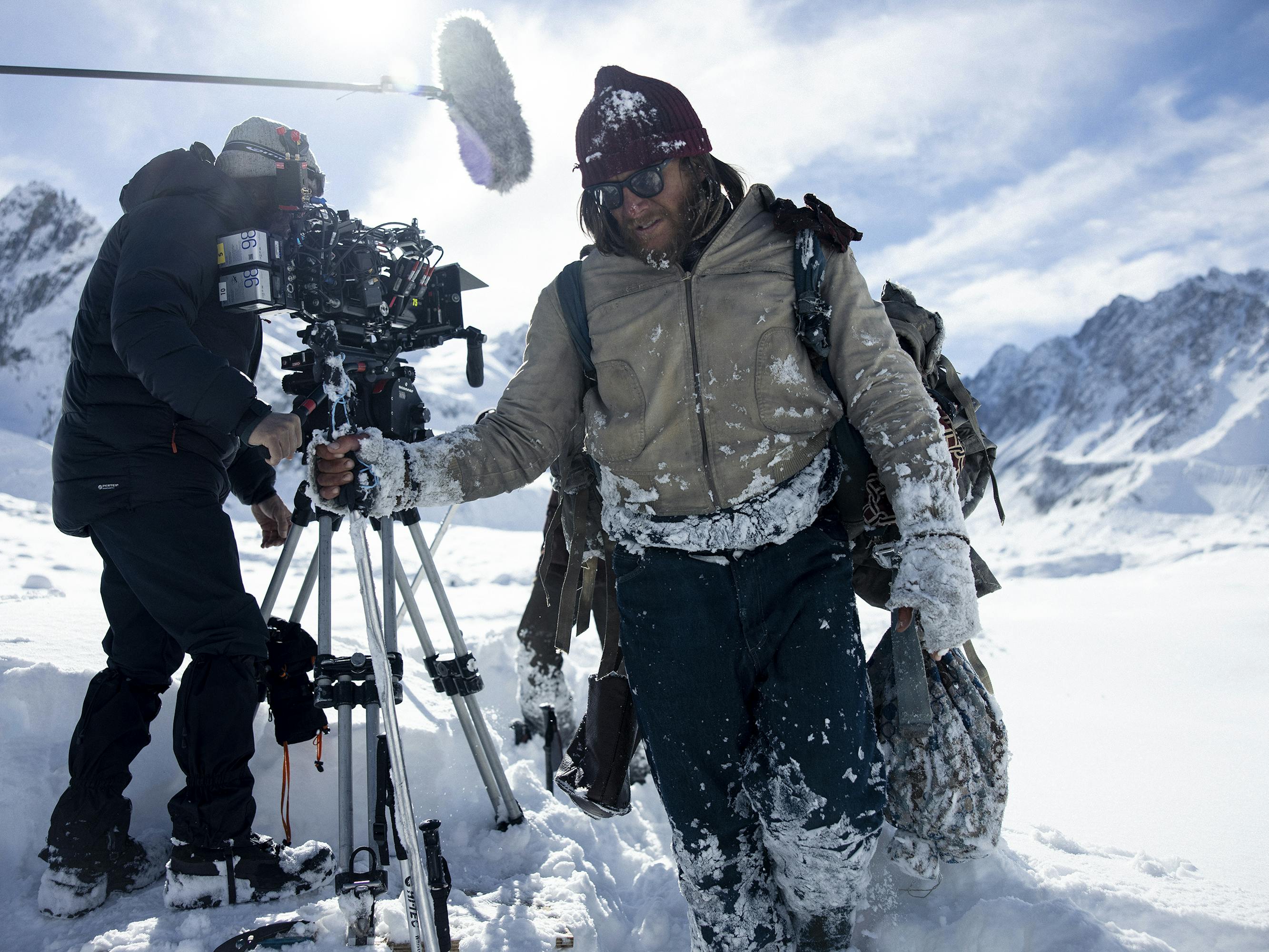
Behind the scenes of Society of the Snow
Did you always feel it was essential for the actors to meet the actual survivors?
JAB: Yes, I believe that you have to give them as much information and all the help you can. I asked them to read all the books, watch all the documentaries, all the films, and above all, it was very important for them to be in contact with the survivors. Not so much because of the information that they could share, which was very valuable, but because all the actors built very close relationships with the characters they represented and their families. Also, so that they could experience this film as something special that would change their lives — that is captured by the camera. When you reach the end of the film and see those faces, they bear the weight of 120 days of filming in the snow, in the cold, in the company of other actors far from home in another hemisphere for more than six months. The camera captures that, so what is important to me is to give the actor that space — give him all the information and leave him to it.
